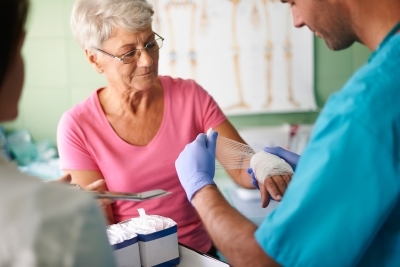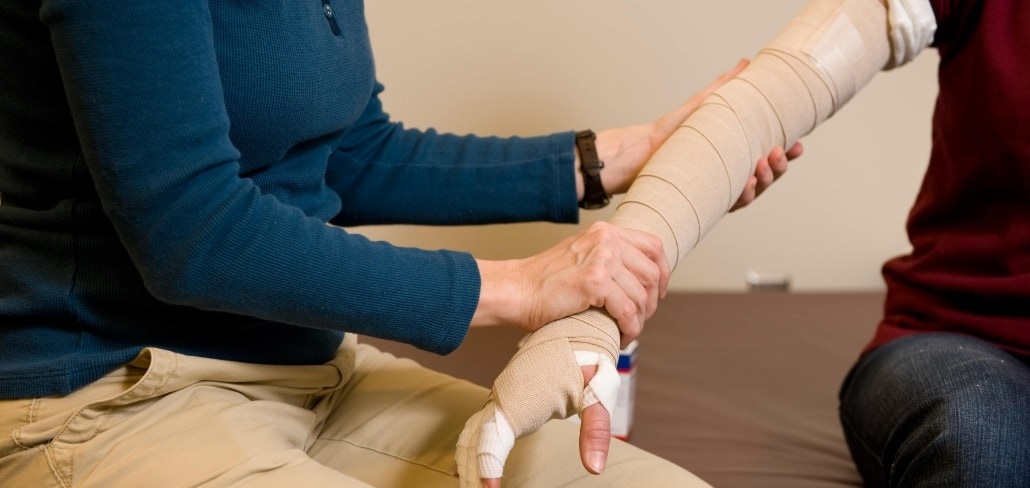Our Wound and Skin Healing Centers are located in Washington and Greene Counties. The Centers provide specialized treatment for chronic or non-healing wounds such as pressure ulcers (bedsores), arterial ulcers due to poor blood flow or circulation; diabetic foot ulcers and venous stasis ulcers due to incompetent veins.
The Wound and Skin Healing Centers use the most advanced therapies available for wound healing. Our Team of physicians and nurses address the underlying cause of the wound including nutrition, ill-fitting shoes and braces, poor blood flow, lack of exercise, uncontrolled symptoms of another disease process.
Remember – You’re a Vital Part of the Healing Team
The success of your treatment will depend on your participation. You and your family will learn about caring for your wound at home, including how to change dressings and how to protect the wound from further injuries. It’s important to keep your appointments, follow directions carefully and watch your progress closely between visits. We’re here to answer questions and give you the support you need to heal.

Wound and Skin Healing Center – Washington
204 Wellness Way, Bldg. 1, Washington, PA 15301
(Next to the Wilfred R. Cameron Wellness Center)
Phone: (724) 223-6903
Wound and Skin Healing Center – Greene
220 Greene Plaza, Waynesburg, PA 15370
Phone: (724) 627-1600
If you have questions or would like more information about UPMC Washington Wound and Skin Healing Center, please contact us or click on the services below.
Services
Our Wound and Skin Healing Center provides treatment non-healing wounds that have not shown improvement in 3–4 weeks including:
- diabetic foot ulcers
- pressure ulcers
- wounds involving tendon, ligament, bone or joints
- wounds requiring different types of debridement
- limb salvage
- compromised skin grafts and flaps
- wounds associated with amputations
- lymphedema
- osteomyelitis (bone infection)
- arterial ulcers (poor circulation)
- chronic venous stasis disease
- traumatic wounds
- radiation tissue damage
Our Wound and Skin Healing Center utilizes:
- wound assessment and photo documentation
- wound debridement and closures as indicated
- wound care consultation by a wound care nurse and wound care physician
- X-rays/MRI/bone scan
- vascular studies
- orthotic evaluations/splints braces
- home care services for wound care if indicated
- pressure relief surfaces/beds/chair cushions, etc.
- home delivery of wound care products
- skin flaps/grafts
- cellular tissue products
- negative pressure wound therapy
- platelet-derived growth technologies
- manual lymphatic drainage massage



